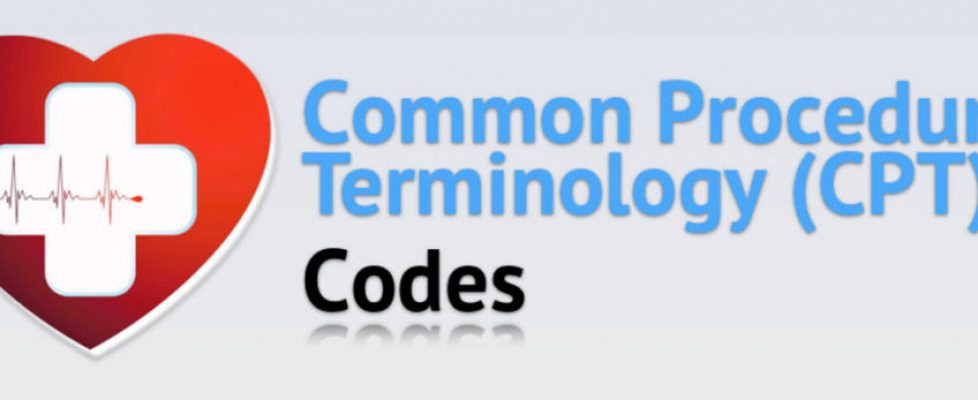AMA Supports Remote Patient Monitoring, Telehealth in 2020 CPT Codes
The American Medical Association is adding several new codes to its 2020 CPT code set to support remote patient monitoring and telehealth services.
September 09, 2019 – Remote patient monitoring and telehealth play prominently in the 2020 CPT codes unveiled this month by the American Medical Association.
Among the 248 new codes added to the list for the coming year, the AMA has created six for online digital evaluation services, or e-visits, in which care providers can connect with patients at home to exchange information. Three codes – 99421, 99422 and 99423 – relate to patient-initiated digital communication provided by a physician or other qualified healthcare professional, while three others – 98970, 98971 and 98972 – focus on communications with a “non-physician healthcare professional.”
The new codes represent a continuing trend toward RPM services, as hospitals and health systems look to extend care to the home or other non-traditional settings and collaborate with patients and other care providers on care management.
“With the advance of new technologies for e-visits and health monitoring, many patients are realizing the best access point for physician care is once again their home,” AMA President Patrice A. Harris, MD, MA, said in a press release. “The new CPT codes will promote the integration of these home-based services that can be a significant part of a digital solution for expanding access to health care, preventing and managing chronic disease, and overcoming geographic and socioeconomic barriers to care.”
In addition, the AMA has added two codes – 99473 and 99474 – to cover self-reported blood pressure monitoring.
“The goal of these codes is to expand reporting pathways for physicians across the country who take care of a diverse set of patients that have varying degrees of access to care,” the AMA said.
Several new codes – 95700 to 95726 – relate to reporting long term electroencephalographic (EEG) monitoring services, critical to care management for patients living with epilepsy, in both the hospital and the home. Some 23 codes have been created, and four older ones eliminated, to clarify the services reported by a technologist, physician or another qualified healthcare provider.
Finally, in a nod to the use of telehealth to enable collaboration by a multidisciplinary care team, the AMA has created new codes for health and behavior assessment and intervention services (96156, 96158, 96164, 96167, 96170 and add-on codes 96159, 96165, 96168, 96171). The agency said the codes “more accurately reflect current clinical practice that increasingly emphasizes interdisciplinary care coordination and teamwork with physicians in primary care and specialty settings.”
“An annual editorial process draws insight from the entire health care community to produce practical code enhancements to CPT that support advancements in technology and medical knowledge available for the care of patients,” Harris said. “This capacity ensures reliable codes are available for burgeoning tech-enabled services and affirms CPT as the trusted code set for efficiently sharing accurate information about medical services and procedures.”
Aside from the 248 new codes, the AMA deleted 71 old or obsolete codes and revised 75 more. To help explain the new codes, which go into effect at the beginning of 2020, the AMA is marketing an “insider’s view” on its website.
The move toward more RPM and telehealth codes gained significant momentum in 2018, when the Centers for Medicare & Medicaid Services (CMS) followed the recommendations of the AMA and its Digital Medicine Payment Advisory Group to include new codes in the 2018 Medicare physician fee schedule that enable providers to be reimbursed for some RPM services.
Earlier this year, CMS released its 2020 physician fee schedule, with several additions that will enable more reimbursement for connected health services in 2020.

